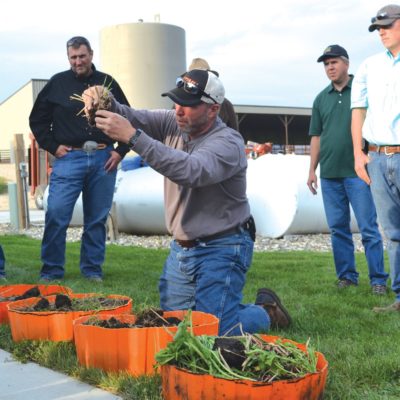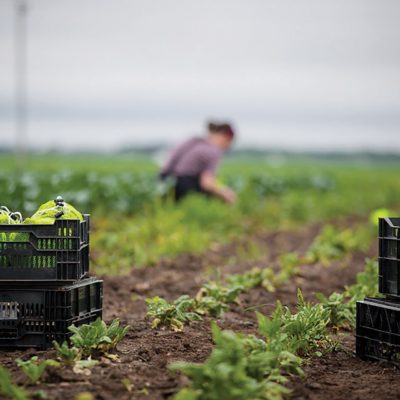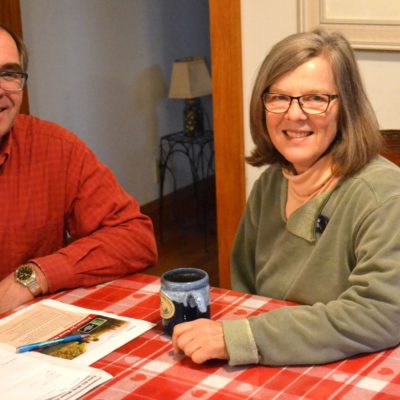MPCA Failure to Order In-depth Environmental Review of Massive Winona County Dairy Expansion to be Challenged in Court
Science & Public Record Ignored by MPCA’S Failure to Order EIS on Daley Mega-Dairy Expansion LEWISTON, Minn. — The Land Stewardship Project (LSP) is challenging in court the recent decision by the Minnesota Pollution Control Agency (MPCA) to reject the public’s call for an in-depth Environmental Impact Statement (EIS) on the proposed massive expansion of… Read More →



